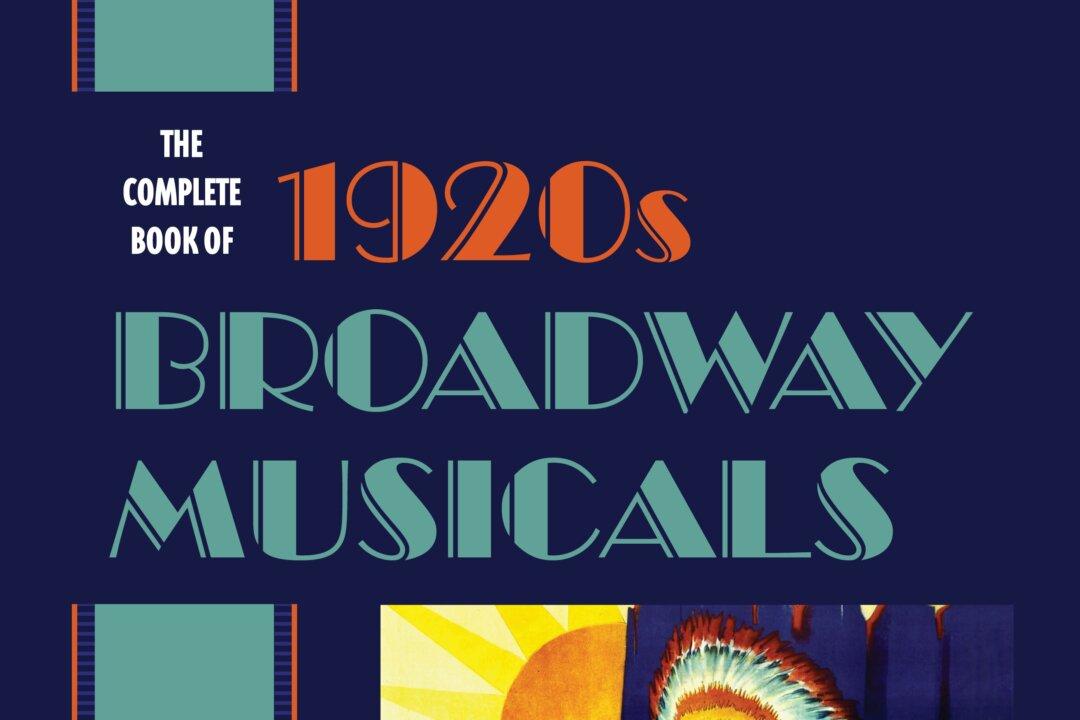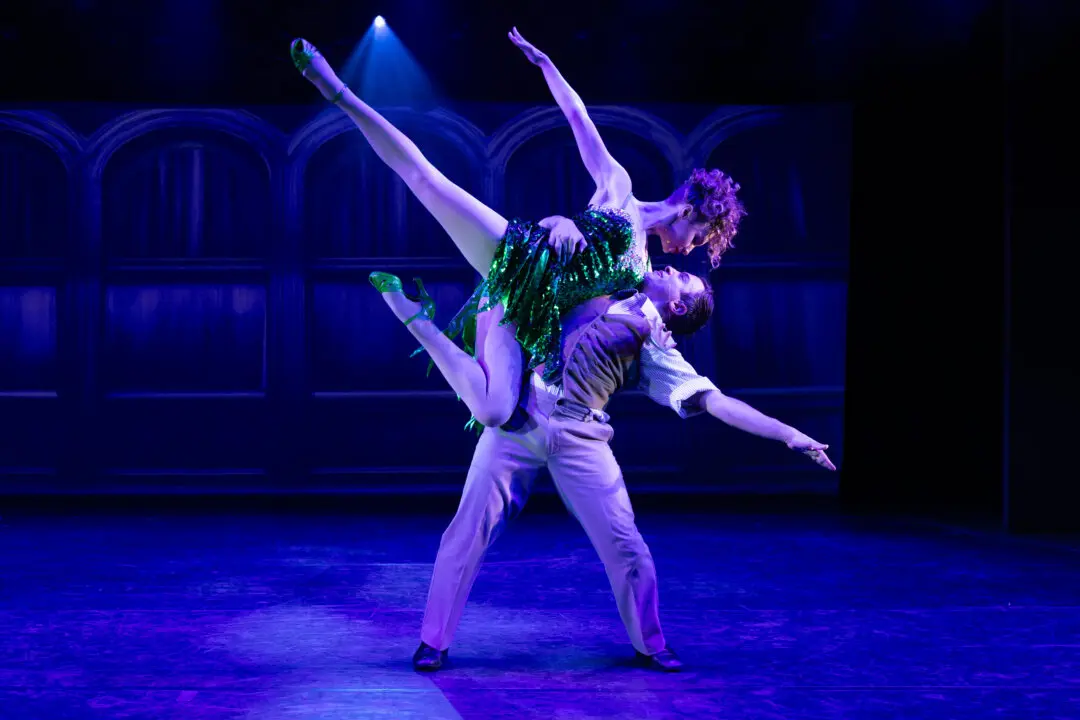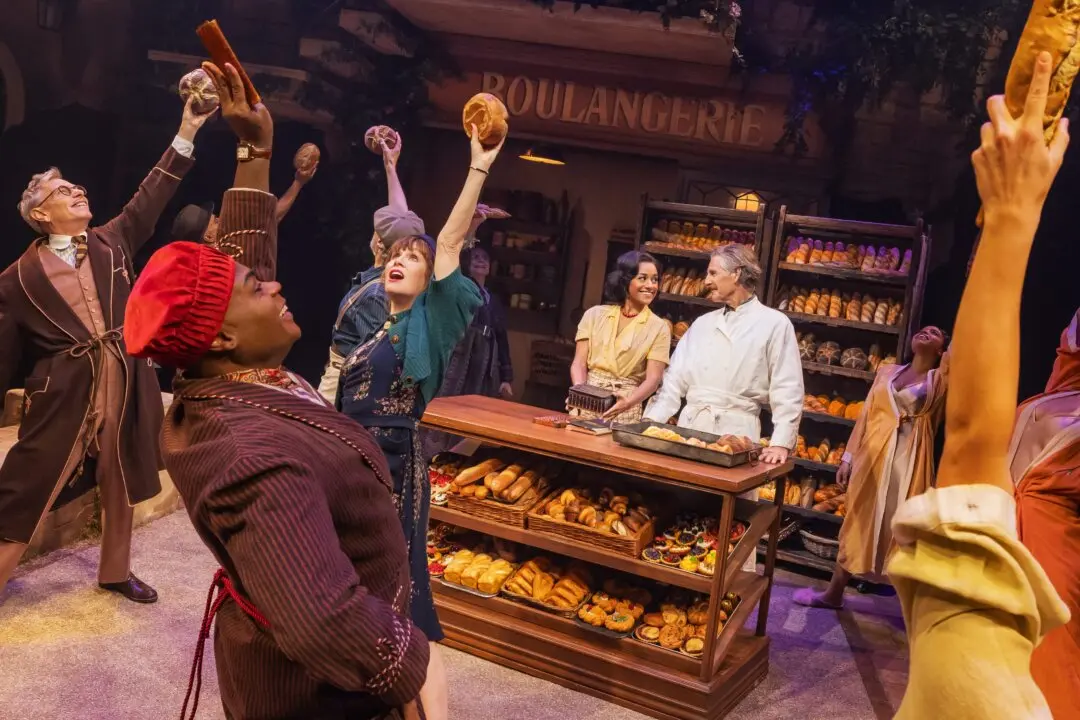Open Dan Dietz’s “The Complete Book of 1920s Broadway Musicals” and you can learn which show featured the Charleston, the dance that has come to define the 1920s; you can read about “Pansy,” the three-performance flop that included blues legend Bessie Smith in the cast. There’s the musical ”Tickle Me,” which prompted an investigation by federal authorities when chorus members apparently passed out little bottles of alcohol to the audience.
Dietz’s book is exactly as described. This 670-page oversize tome contains just about everything you'd want to know about the 287 book musicals (as opposed to revues) that opened on The Great White Way between Jan. 1, 1920, and Dec. 31, 1929. Often, more than one show opened on the same day. In fact, shows arrived so thick and fast that in January of 1925, when only one musical opened on Broadway in the space of seven days, the momentary dearth was enough to warrant comment in the press.





